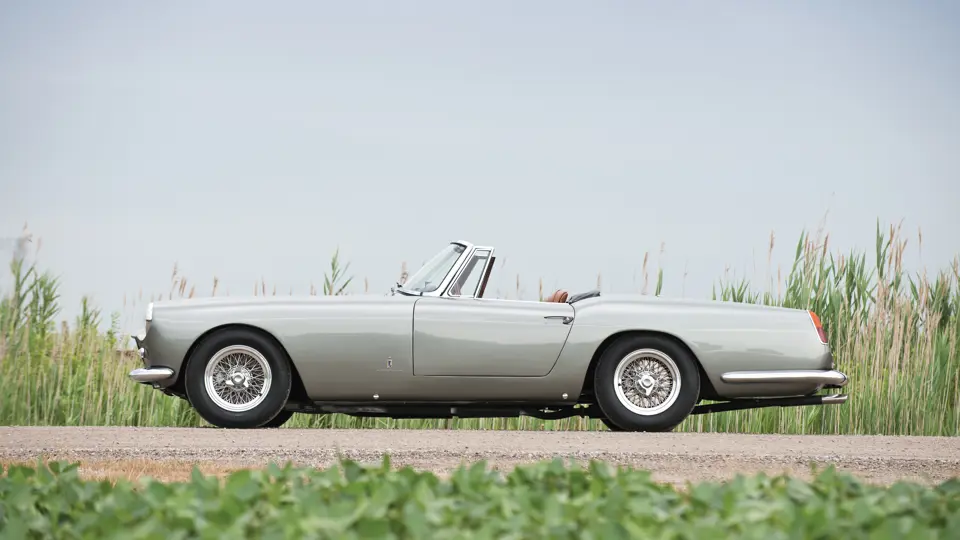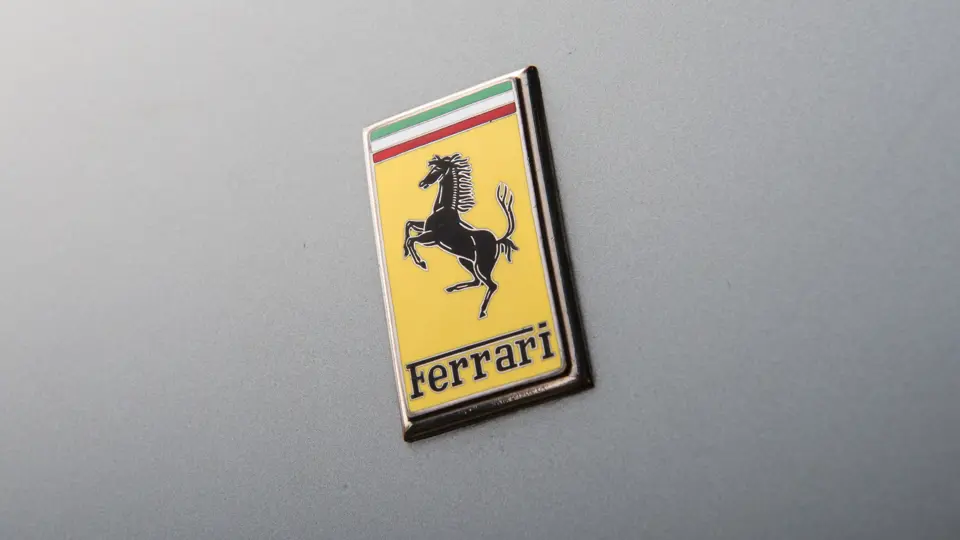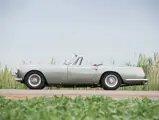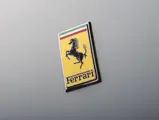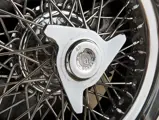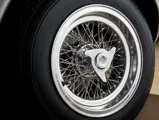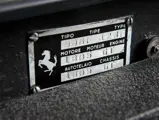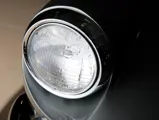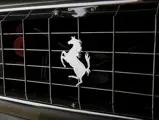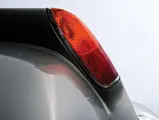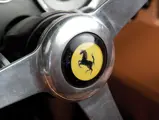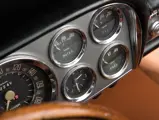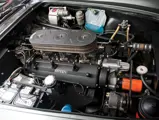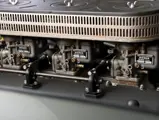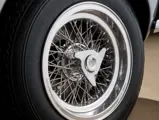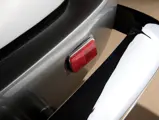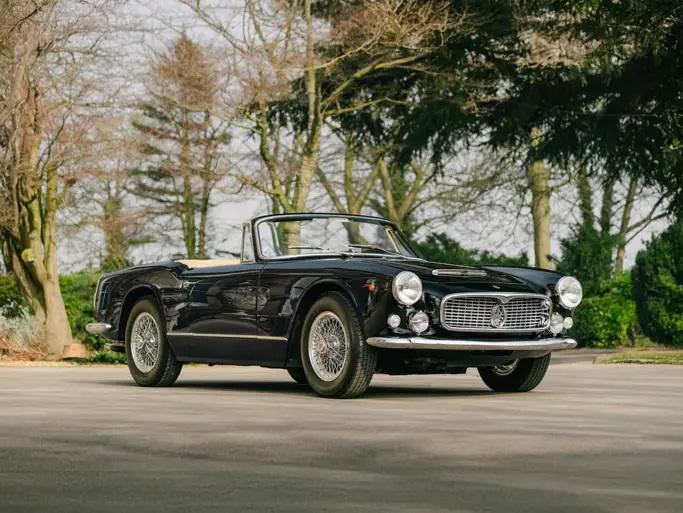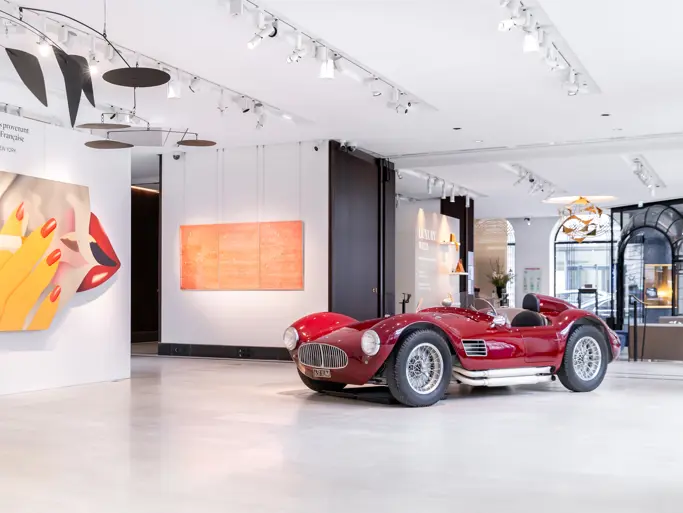240 bhp, 2,953 cc SOHC V-12 engine, triple Weber dual-choke carburetors, four-speed manual gearbox with overdrive, independent front suspension with A-arms and coil springs, live rear axle with semi-elliptic leaf springs, and four-wheel hydraulic disc brakes. Wheelbase: 102.3"
• One of only 201 examples built
• Less than 65,000 miles from new
• Complete with the original tool roll and sales brochure
During the mid- to late-1950s, Ferrari was in a state of transition; increased racing costs meant that Ferrari needed to sell more road-going models to help pay for its extensive racing program. Although road-going models were certainly offered in the past, they were essentially built to order. Variations to suit the wishes of individual customers were common, keeping costs high, volumes low, and rendering them quite unprofitable.
Meanwhile, the 250 GT Cabriolet, introduced at the Geneva International Auto Salon in 1957, was conceived as Ferrari’s semi-luxury touring car and was, thus, given better interior appointments and more soundproofing than the California Spyder. Its chassis and drivetrain may have been strikingly similar to Ferrari’s racing cars, but the high standard of fit and finish, as well as the car’s complete instrumentation, luxurious leather interior, and many other passenger amenities, set it apart. The cabriolet was based upon the 250 GT Coupe, which was also presented as a luxury touring machine, with its body produced by Pinin Farina.
Unveiled to the public at the 1959 Paris Salon, the new 250 GT Series II Cabriolet appeared one year after the handsome 250 GT Coupe and replaced the low-production Series I Cabriolet. In fact, the Series II Cabriolet remains notable as the first commercially-successful, production-based convertible model ever offered by Ferrari. While the cabriolet appeared to be somewhat longer than the coupe, thanks to a stylish “kick-up” just behind the doors and the elegant rear fenders, the cabriolet and coupe actually shared nearly identical overall dimensions.
Mechanically, both the 250 GT Cabriolet and the Coupe were considerably improved over the California Spyder, with the addition of the updated 3.0-liter, Colombo-derived V-12 engine designated Tipo 128 F. This engine, which produced 240 bhp, was fitted with outside-plug cylinder heads and twin distributors, while an overdrive transmission was made available. The cars offered race-bred stopping power with a set of four-wheel disc brakes, while telescopic shock absorbers and handsome 16-inch Borrani wire wheels were also included as standard equipment. The result was a stylish and very quick Ferrari, with acceleration to 60 mph achieved in less than seven seconds, en route to a top speed of 140 mph.
The 19th example built out of 200, the 250 GT PF Cabriolet Series II presented here, chassis 1805 GT, was completed by Pinin Farina on April 23, 1960 and delivered new shortly thereafter to Baron Emmanuel “Toulo” De Graffenried’s official Ferrari dealership, Italauto SA, located in Lausanne, Switzerland. It was then sold by Italauto SA to its first owner, a Mr. Rubois in Switzerland, and was later exported to the United States. From the U.S., it was sold in 1990 to Wolfgang von Schmieder, a German collector residing in Cologny, Switzerland. In the late-1990s, it was on display at the International Auto Museum in Geneva, Switzerland.
A restoration was then performed shortly thereafter by the Virginia Motor Company, where it was finished in 1999, repainted white, and fitted with a white leather interior. The car changed ownership once more in 2002.
Shown at the Cincinnati Concours in Ohio in June of 2009, it is currently finished in Grigio Scuro with a Magnolia leather interior. Showing just 62,243 miles from new, the car has recently been gone through by a mechanic, who notes the engine is in excellent condition, with no smoke, good oil pressure, good temperature, an excellent gearbox, a quiet rear axle, and no vibration. The car has recently been equipped with rebuilt Borrani wire wheels shod with Pirelli tires, a new Ansa exhaust system, and a new brake servo and calipers.
1805 GT is equipped with a four-speed manual gearbox with overdrive; however, a Ferrari specialist does recommend using overdrive only on third and top gear for longevity. It is believed that at some point the motor may have been replaced, as the engine shows the internal number 446 F, which is from the 250 GT Coupe Pinin Farina Chassis 1935 GT.
Complete with the original tool roll and sales brochure, this Ferrari is also complete with a reproduction owner’s manual. Still in excellent condition, the interior, carpeting, and soft top are finished with the correct materials, and the brightwork remains virtually flawless. Please contact an RM specialist with any questions. The current owner acquired 1805 GT in 2010, and under him, it was recently inspected, serviced, and extensively sorted for driving pleasure, with invoices detailing the work performed accompanying the sale of the car.
With their Pinin Farina design and body construction and race-bred Ferrari mechanicals, Series II Cabriolets are simply superb automobiles in all respects. Add to that a comparatively high market price for the LWB California Spyder, which regularly exceeds the multi-million-dollar mark, and the 250 GT Cabriolet becomes an increasingly attractive proposition in today’s market. The Series II’s handsome lines and relative rarity warrant the occasional showing on a neatly-cut concours lawn, but from time to time, this wonderful example also demands a fast drive along a winding road on a sunny day.
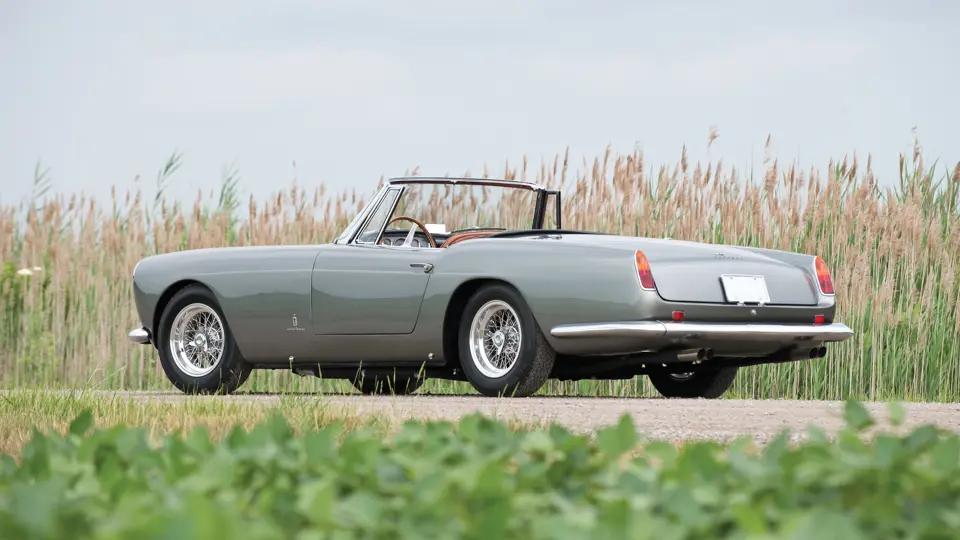
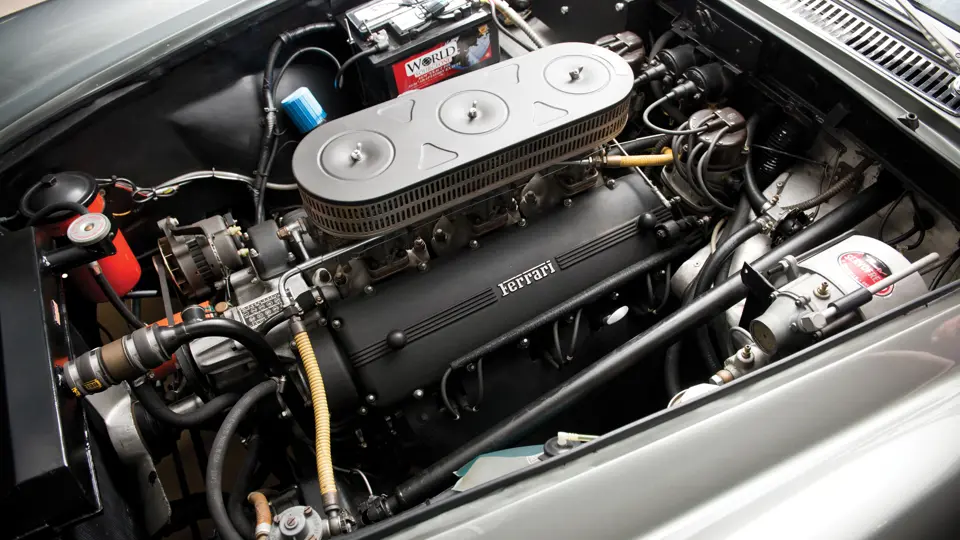



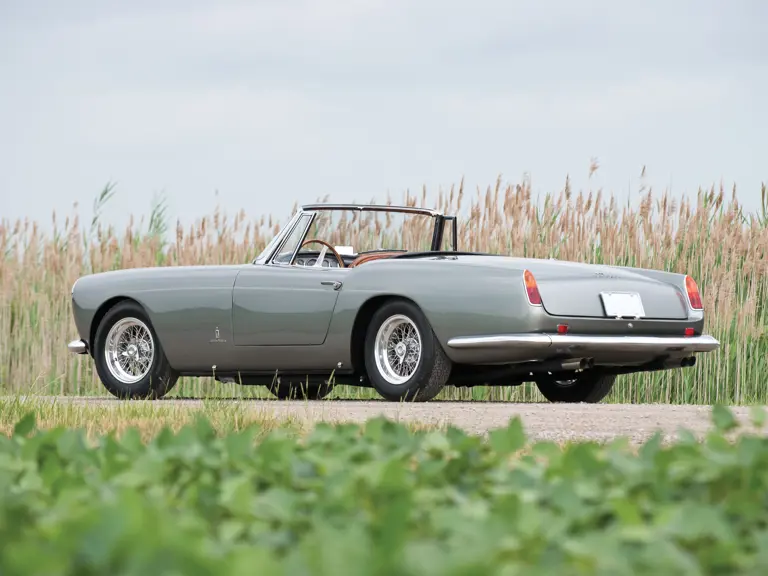
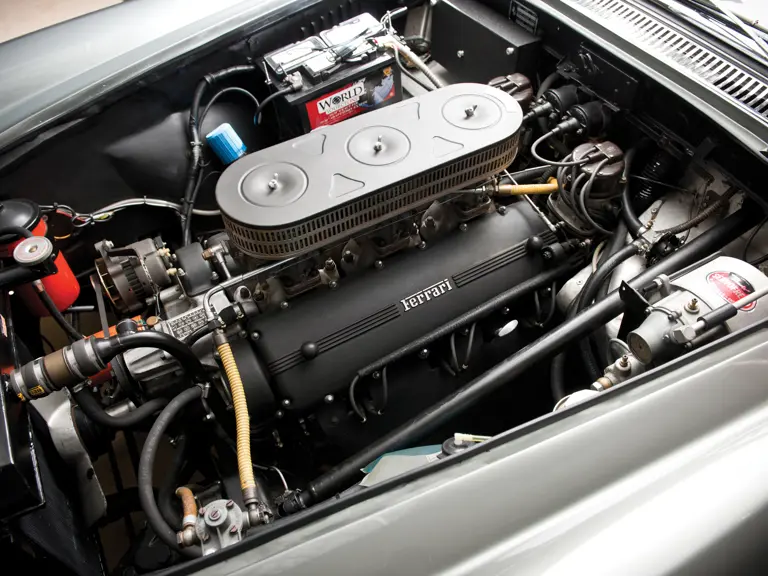
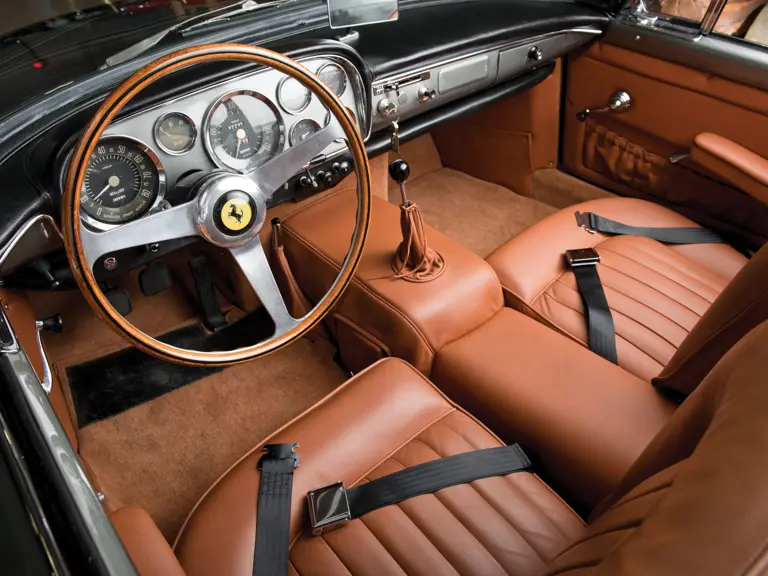

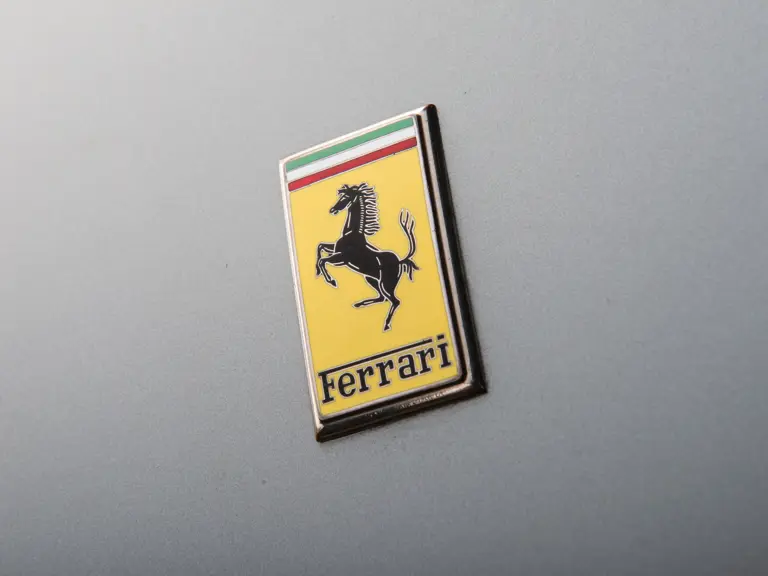
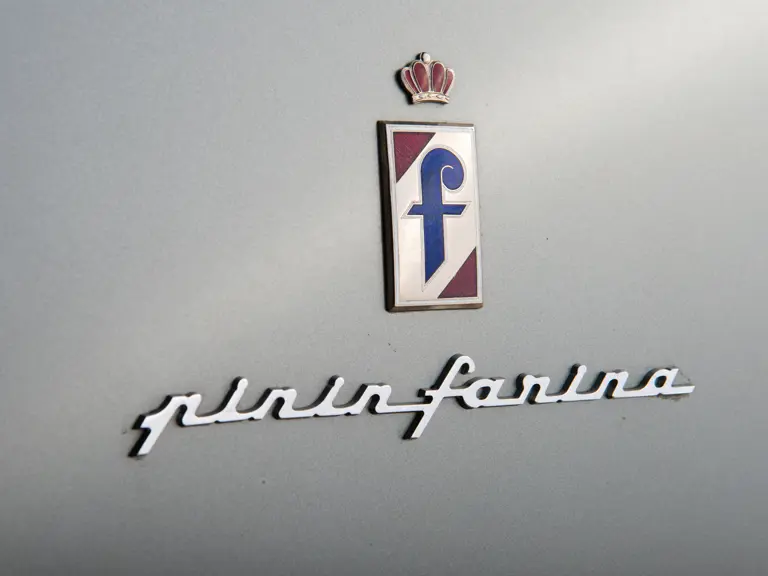



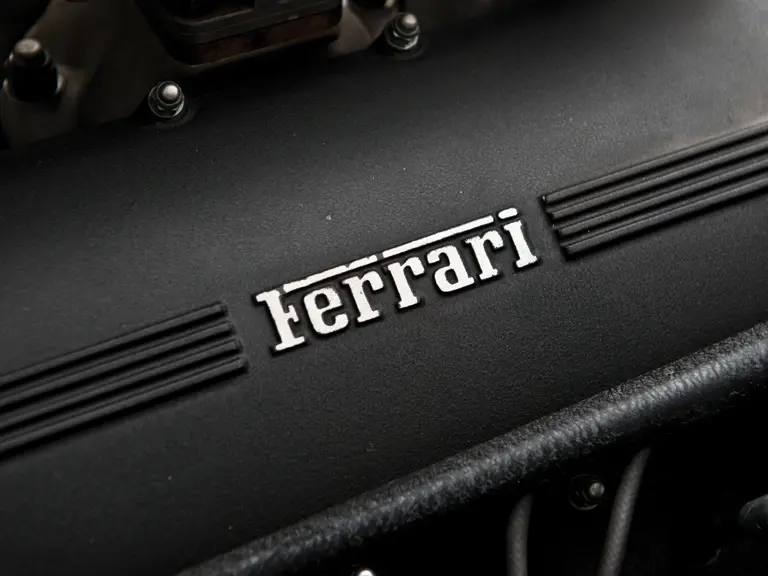
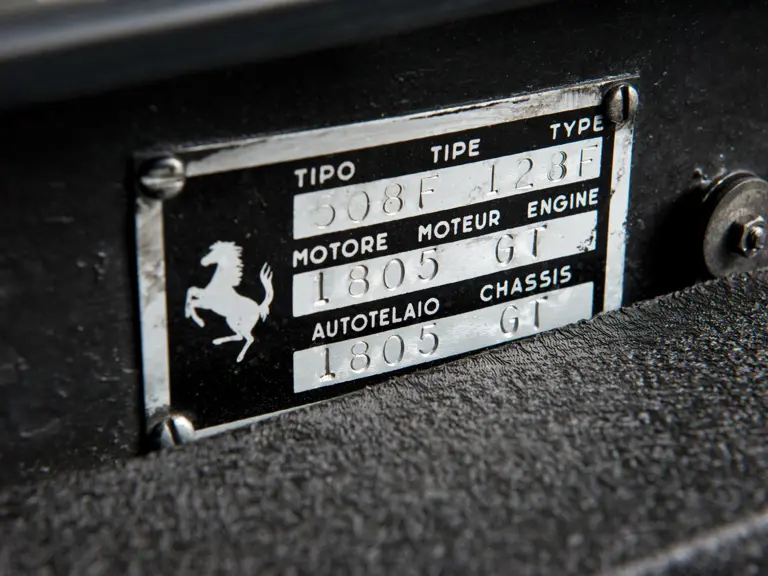

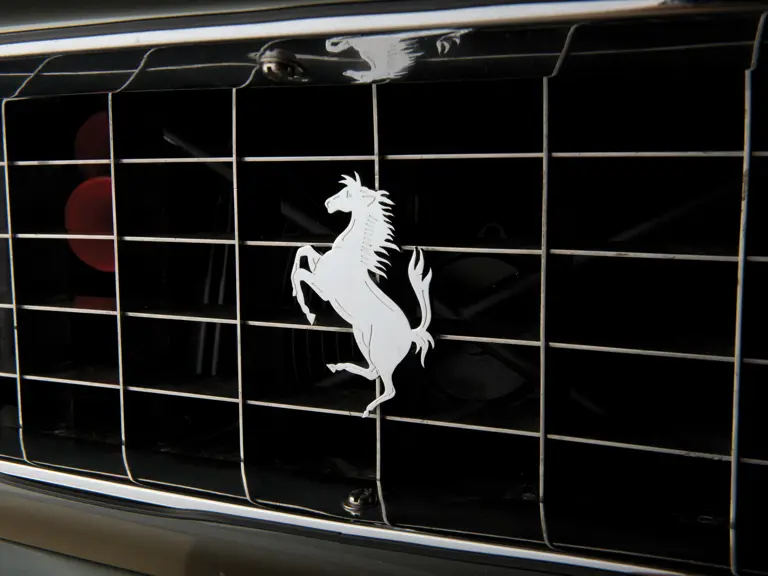
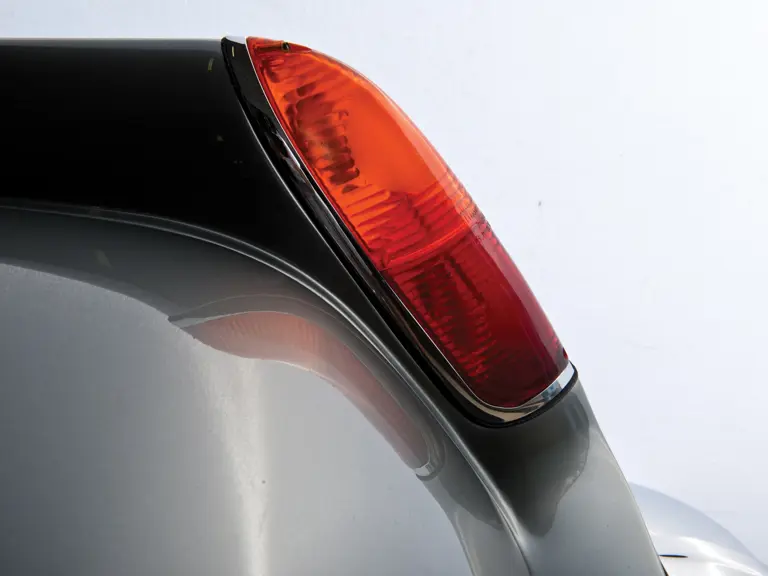
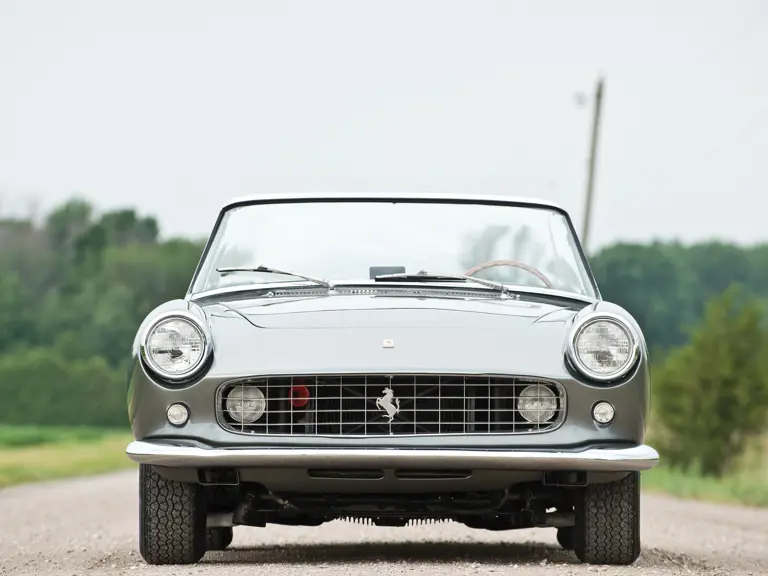
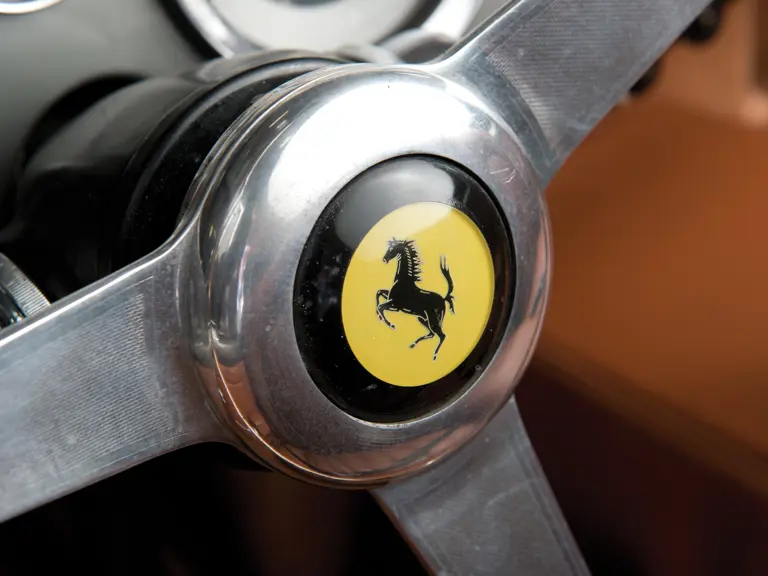
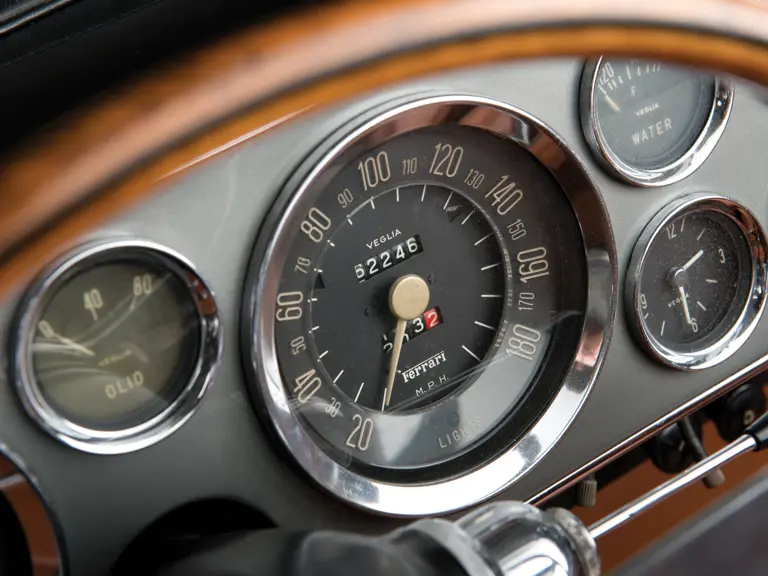
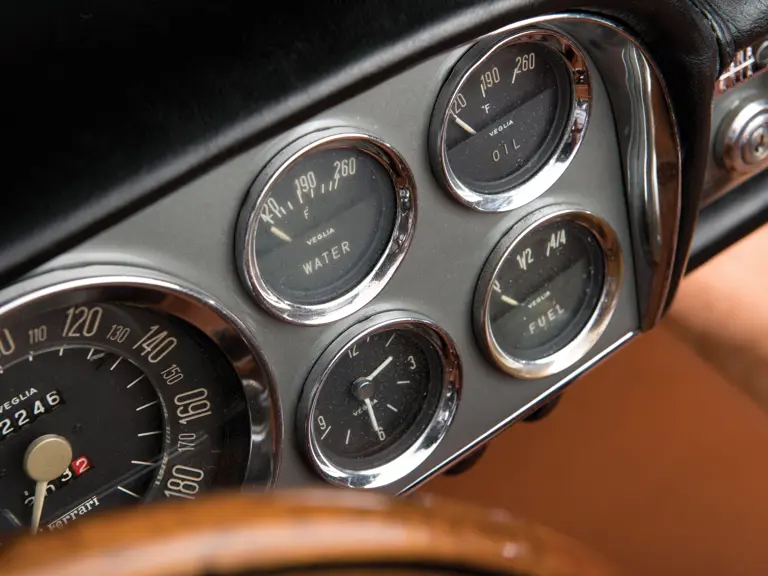
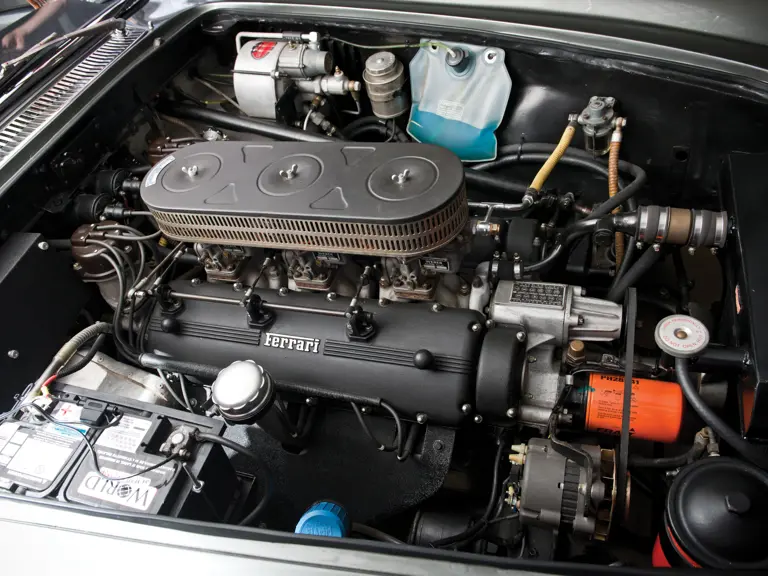

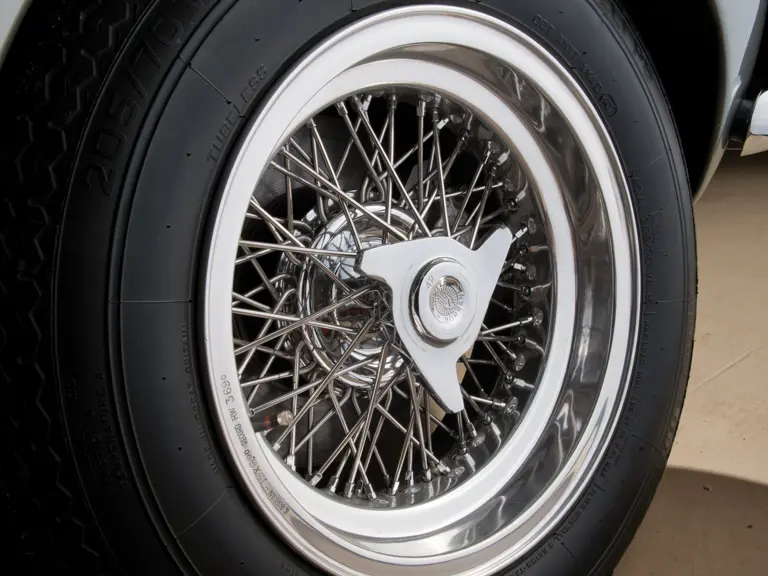
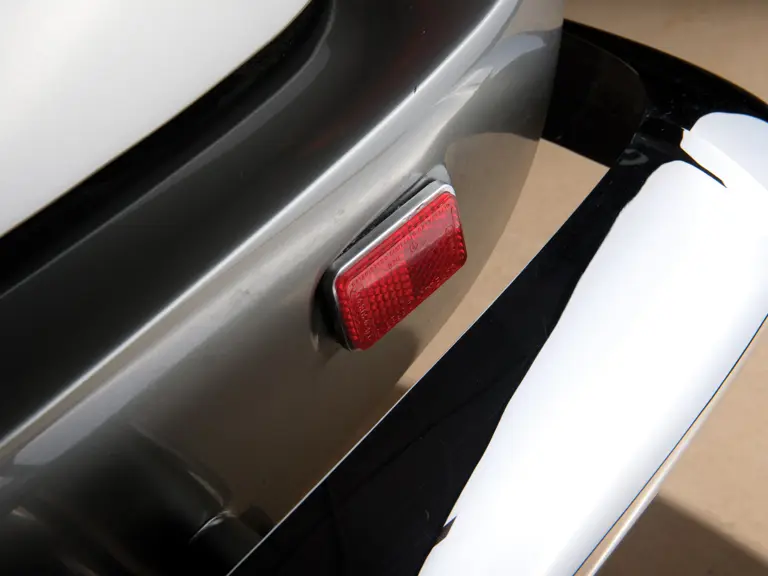
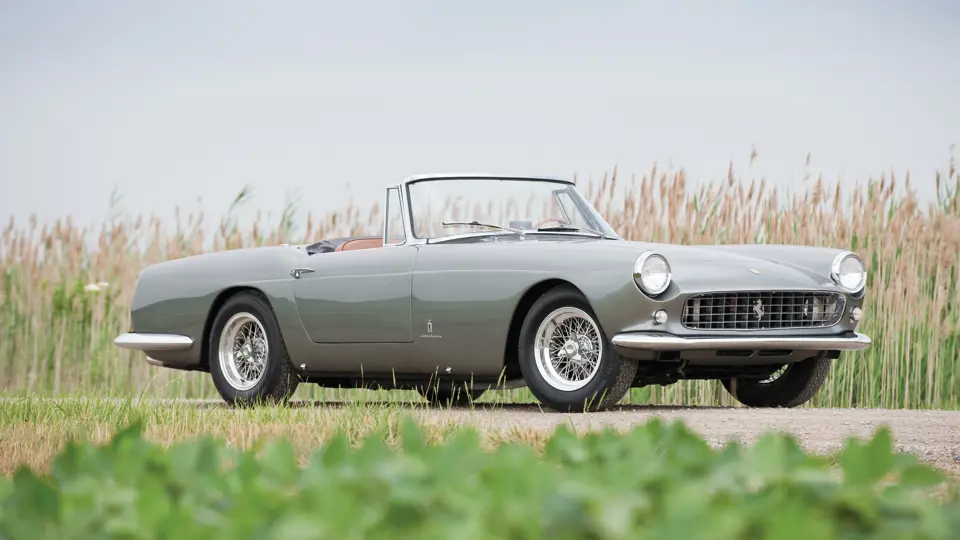
 | Monterey, California
| Monterey, California
